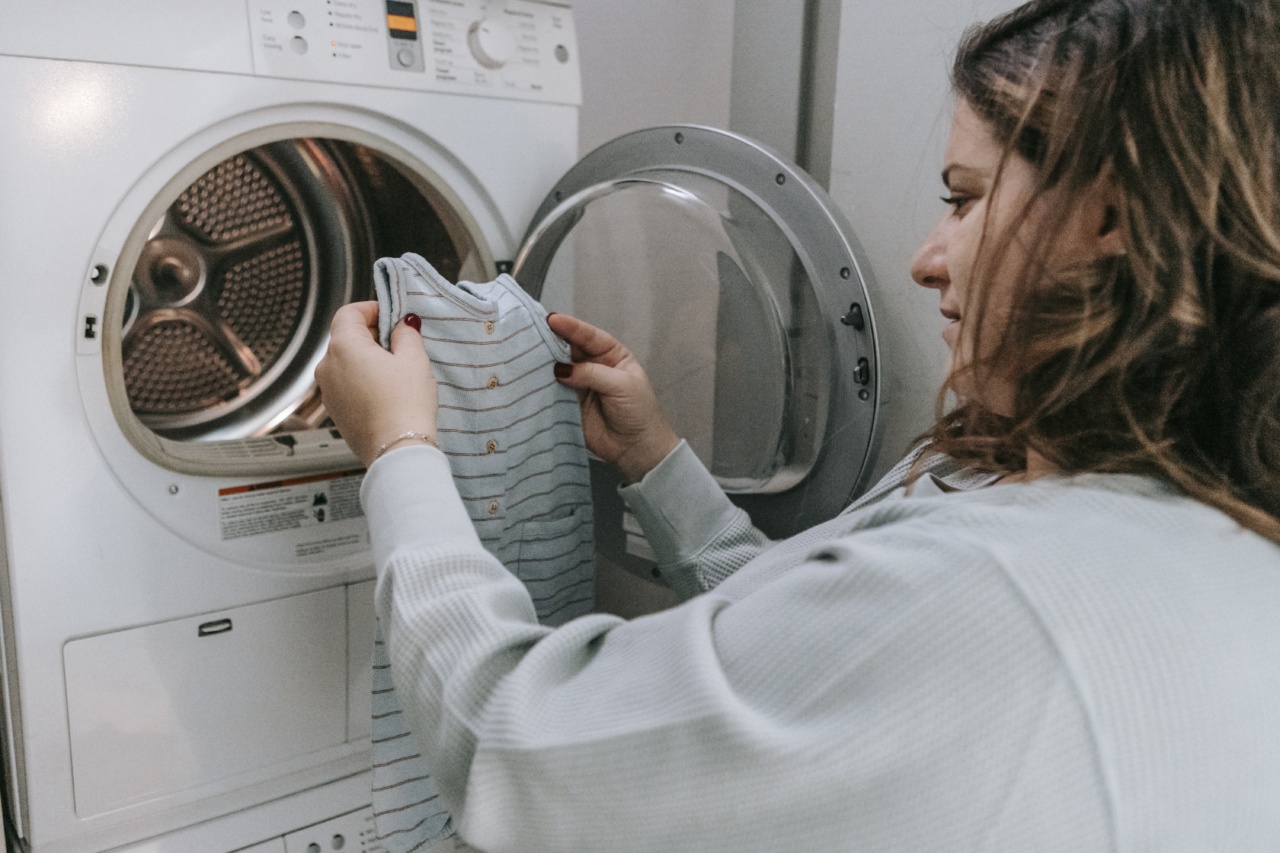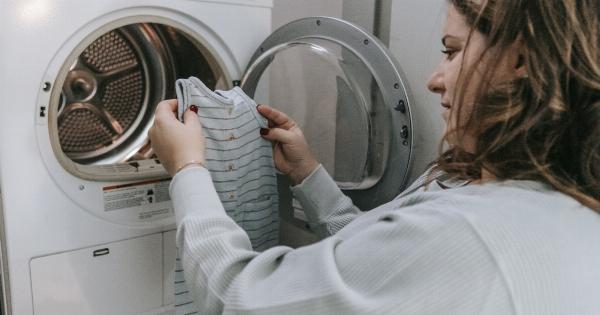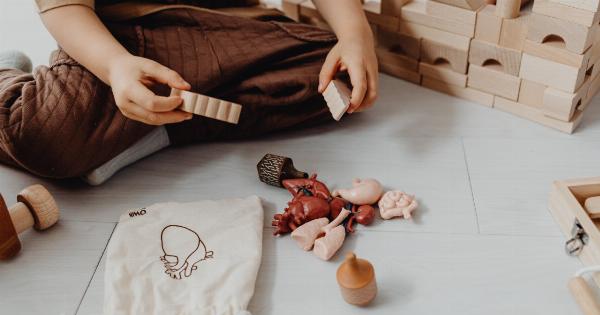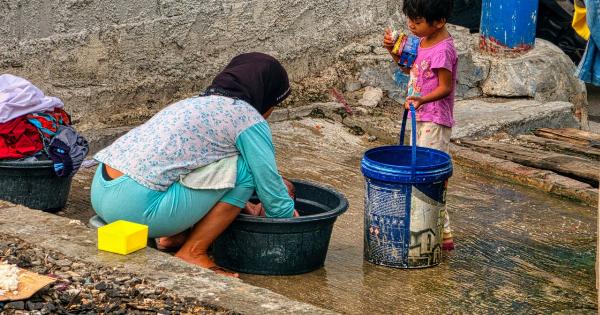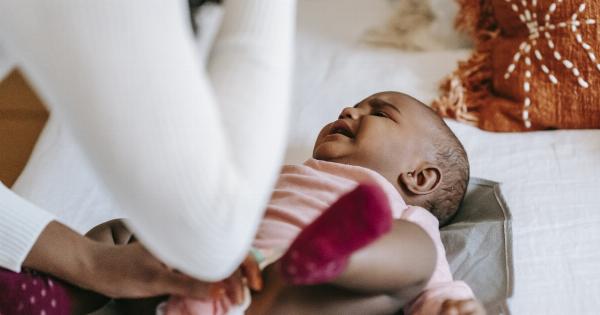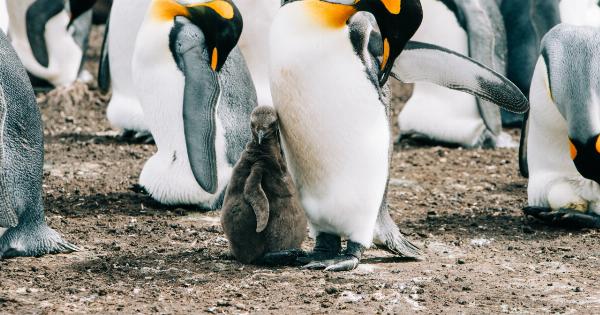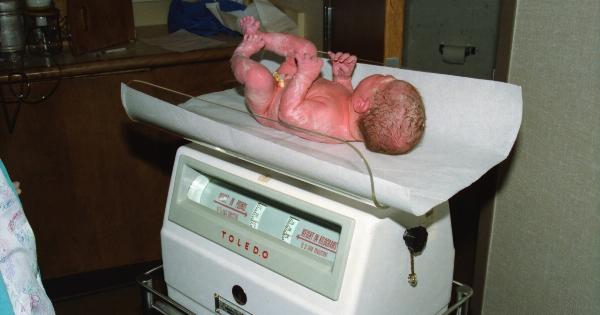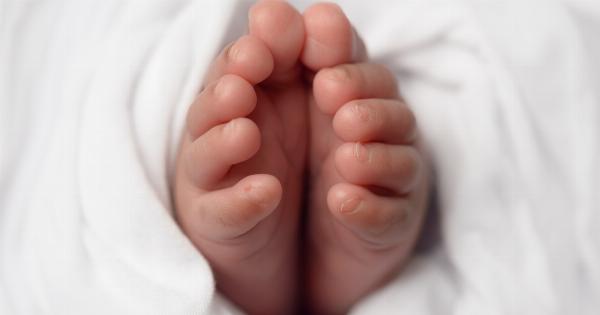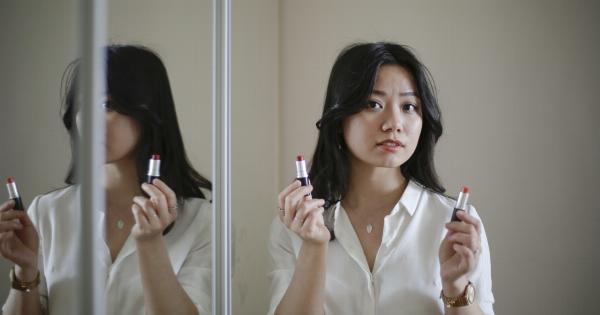As a new parent, it’s only natural to want the best for your baby, including their clothing. Keeping baby clothes clean and safe is essential for their wellbeing.
But what is the maximum temperature to wash baby clothes? Is there a specific temperature you should adhere to? In this article, we will explore the ideal temperature range for washing baby clothes and provide you with some helpful tips to keep your little one’s clothes fresh and clean.
Why is Temperature Important When Washing Baby Clothes?
The temperature you choose when washing your baby’s clothes can have a significant impact on their overall cleanliness and safety.
It is important to strike a balance between removing dirt and stains effectively while avoiding potential damage to sensitive fabrics or causing skin irritation due to high temperatures.
Recommended Washing Temperatures for Baby Clothes
The recommended maximum temperature for washing baby clothes generally ranges between 30°C (86°F) and 40°C (104°F).
However, always check the care labels on your baby’s clothing, as they may have specific instructions regarding washing temperatures.
In general, washing at lower temperatures is considered safe for most baby clothes, as it helps to preserve their delicate fabrics and prevents shrinking or damage.
Washing at higher temperatures may be necessary for certain items that require thorough sterilization, such as cloth diapers or heavily soiled garments. However, it is essential to follow the manufacturer’s instructions and adhere to any temperature limits specified on the clothing labels.
Benefits of Washing Baby Clothes at Lower Temperatures
Washing baby clothes at lower temperatures can offer several benefits, including:.
- Gentle on Fabrics: Lower temperatures help to preserve the integrity and softness of delicate fabrics commonly used for baby clothing, such as cotton, bamboo, or organic materials.
- Saves Energy: Washing at lower temperatures consumes less energy, helping you reduce your environmental impact and save on your utility bills.
- Eases Stain Removal: Most baby stains, such as formula, spit-up, or food, can be effectively removed at lower temperatures with the help of a quality baby-safe detergent.
- Reduces Skin Sensitivity: Higher temperatures may cause skin irritation or exacerbate existing skin conditions in babies with sensitive skin. Washing at lower temperatures reduces the risk of skin reactions.
Tips for Washing Baby Clothes
To ensure the longevity and cleanliness of your baby’s clothes, consider the following tips:.
- Separate Clothes: Divide your baby’s clothes into color groups and wash them separately to prevent color bleeding and potential damage to lighter-colored garments.
- Use Baby-Safe Detergent: Choose a detergent specifically formulated for baby clothes to avoid any potentially harmful chemicals or fragrances that may irritate your baby’s skin.
- Pre-Treat Stains: Treat stained areas with a baby-safe stain remover or a simple solution of water and mild soap before washing to improve stain removal results.
- Follow Care Labels: Always check the care labels on the clothing items for specific washing instructions, including maximum temperature limits and any special precautions.
- Avoid Fabric Softeners: Skip fabric softeners or dryer sheets when washing baby clothes, as they can leave residue that may cause skin irritation or reduce the absorbency of certain fabrics like diapers.
- Hang Dry or Dry on Low Heat: To further protect delicate fabrics, consider air-drying baby clothes or using the dryer on a low heat setting.
Conclusion
Washing baby clothes at the right temperature is crucial for maintaining their cleanliness and safety while also preserving their quality.
Stick to the recommended maximum temperature range of 30°C (86°F) to 40°C (104°F), but always consult the care labels for specific instructions. By following these guidelines and tips, you can ensure that your little one’s clothes remain fresh, soft, and comfortable, providing them with the care they deserve.
